22 August 2025
Ever noticed how kids can sing the lyrics of their favorite songs before they can even string a sentence together? That’s the power of music and rhymes in action! These catchy tunes don’t just entertain—they play a crucial role in early literacy development. When children sing along to songs or repeat rhymes, they are building the foundations for reading, writing, and language comprehension.
In this article, we'll dive deep into why rhymes and songs are essential for early literacy and how you can use them effectively to give your little one a head start. 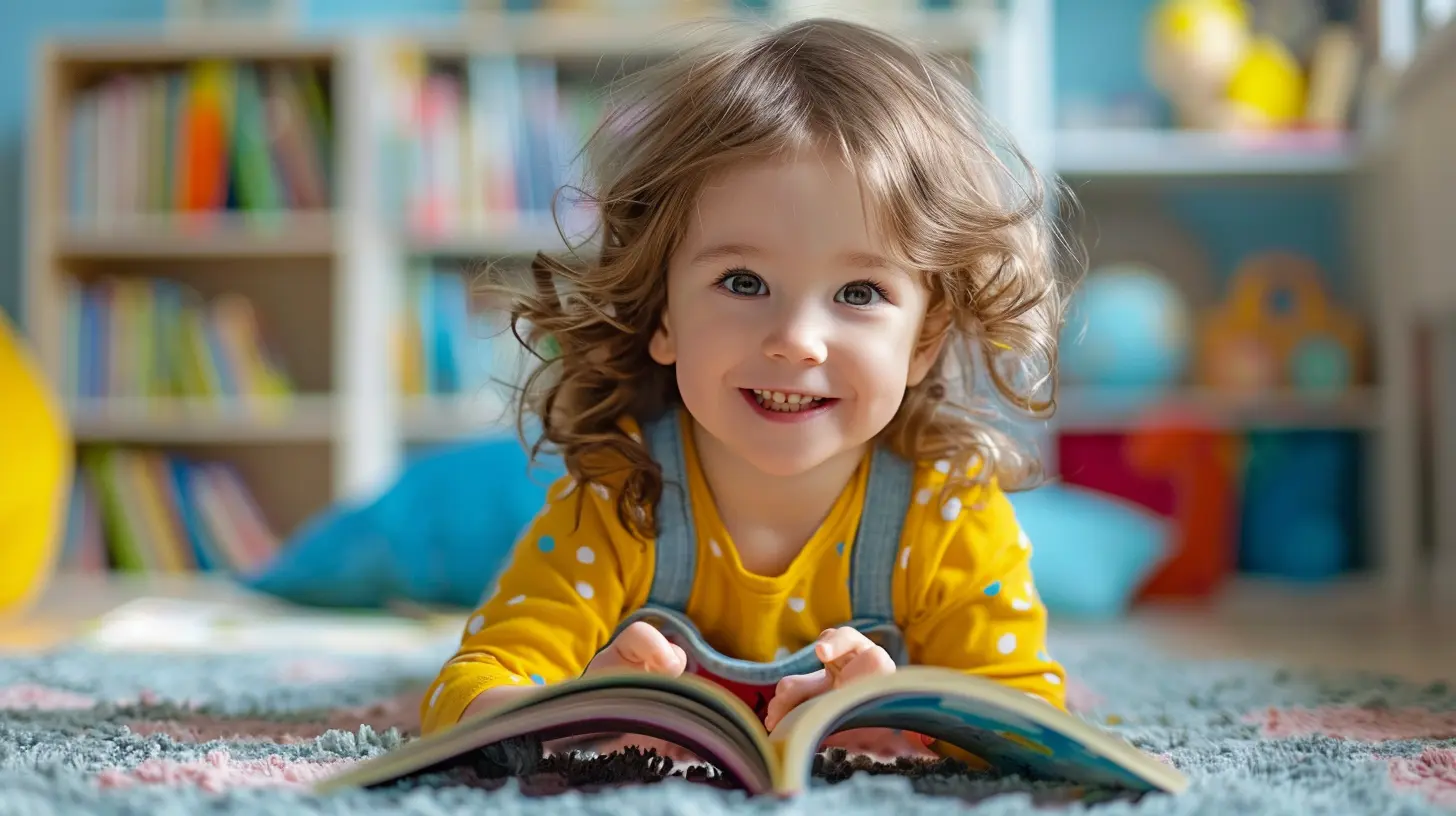
Why Are Rhymes and Songs Important for Early Literacy?
Before children learn to read, they need to understand how language works. Rhymes and songs provide a fun and engaging way to expose young minds to patterns of speech, vocabulary, and phonetics. But how exactly do they help?1. They Strengthen Phonemic Awareness
Phonemic awareness is the ability to recognize and manipulate the individual sounds (phonemes) in words. It’s a crucial skill for reading. Rhyming words like "cat," "bat," and "hat" help children notice sound patterns, making it easier for them to decode new words later on.2. They Improve Vocabulary
Songs and rhymes introduce kids to new words in a natural and memorable way. Instead of memorizing words from flashcards, children absorb new vocabulary effortlessly while singing along to nursery rhymes and songs.3. They Help with Memory and Recall
Ever found yourself singing a song from childhood even though you haven’t heard it in years? That’s because music improves memory retention. When kids repeatedly hear rhymes and songs, they remember words, sentence structures, and meanings more easily.4. They Enhance Listening and Comprehension Skills
Before children can read, they need strong listening skills. Rhymes and songs encourage active listening, helping kids understand language patterns, sequences, and even storytelling structures.5. They Encourage a Love for Language and Reading
Making learning fun is the best way to ensure children stay engaged. Rhyming and singing turn language learning into an exciting and enjoyable activity, fostering a lifelong love for reading and storytelling.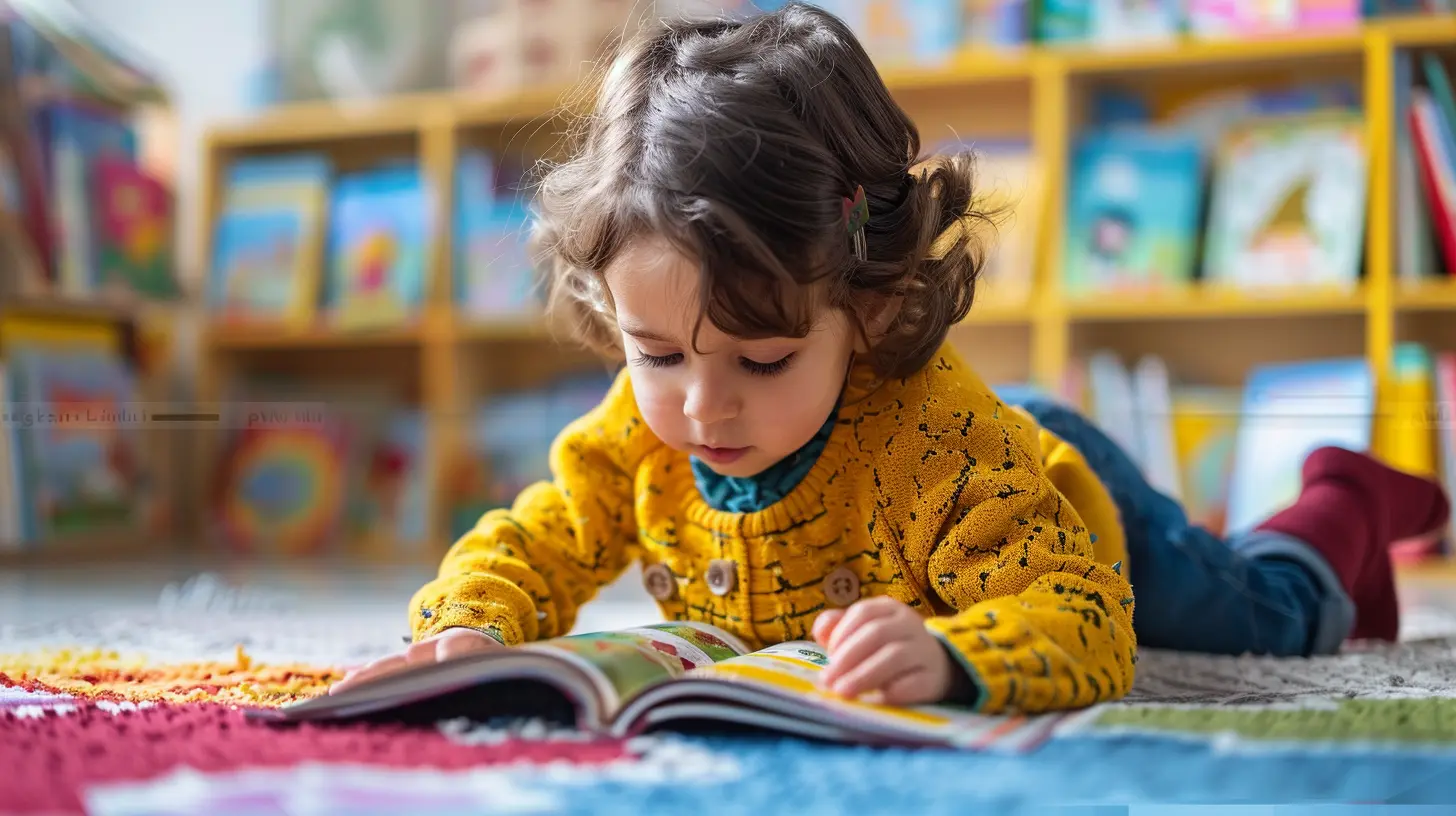
How to Use Rhymes and Songs to Support Literacy Development
Now that we’ve covered why rhymes and songs are beneficial, let’s look at some practical ways to incorporate them into daily life.1. Sing Nursery Rhymes Regularly
Classic nursery rhymes like "Twinkle, Twinkle, Little Star" and "Humpty Dumpty" have been around for generations for a reason—they’re simple, catchy, and loaded with rhythm and rhyme. Singing these regularly helps children develop an ear for language.💡 Tip: Sing rhymes with exaggerated expressions and hand movements to make them even more engaging!
2. Use Action Songs to Reinforce Learning
Songs like "Head, Shoulders, Knees, and Toes" or "If You’re Happy and You Know It" combine movement with words, reinforcing both vocabulary and meaning. The physical actions help kids make connections between words and their meanings.💡 Tip: Encourage kids to make up their own actions to go along with songs—it boosts creativity and understanding!
3. Play Rhyming Games
Turn learning into a game by encouraging kids to think of words that rhyme. For example, say "cat" and ask them to come up with as many rhyming words as possible. This not only builds phonemic awareness but also strengthens problem-solving skills.💡 Tip: Make it a family challenge—who can come up with the silliest rhyming word?
4. Read Books with Rhyming Texts
Many children’s books are written in rhyme, making them perfect for early literacy development. Books by Dr. Seuss, such as Green Eggs and Ham or The Cat in the Hat, introduce kids to creative and fun rhyming patterns while keeping them entertained.💡 Tip: Read these books aloud with enthusiasm, emphasizing the rhyming words!
5. Encourage Kids to Make Up Their Own Rhymes and Songs
Children love being creative! Encourage them to make up their own silly rhymes or songs. Not only does this build language skills, but it also fosters confidence and imagination.💡 Tip: Record their songs and play them back—it makes them feel like little rock stars!
6. Use Music to Support Letter Recognition
Alphabet songs like the "ABC Song" help children remember letter names and sequences. Singing these regularly reinforces letter recognition, which is essential for reading and writing.💡 Tip: Try different versions of the alphabet song to keep things fresh!
7. Incorporate Rhymes and Songs into Daily Routines
Make rhyming and singing a natural part of the day. Sing a cleanup song to encourage tidying up, create a bedtime rhyme, or make a handwashing song. Associating music with different activities makes learning seamless.💡 Tip: Use familiar melodies to create custom songs about daily tasks. For example, sing "It’s time to brush your teeth!" to the tune of a favorite nursery rhyme. 
The Science Behind Music and Early Literacy
There's actual science backing up the benefits of rhymes and songs for literacy! Research shows that musical experiences stimulate multiple areas of the brain, particularly those involved in language processing, memory, and motor skills.A study published in the Journal of Educational Psychology found that children who engaged in frequent musical activities had better phonological awareness and reading skills compared to those who didn’t. Another study from Harvard University revealed that music training enhances verbal memory and cognitive skills, setting the stage for strong literacy development.
In simple terms—music and rhymes aren’t just fun; they’re brain boosters! 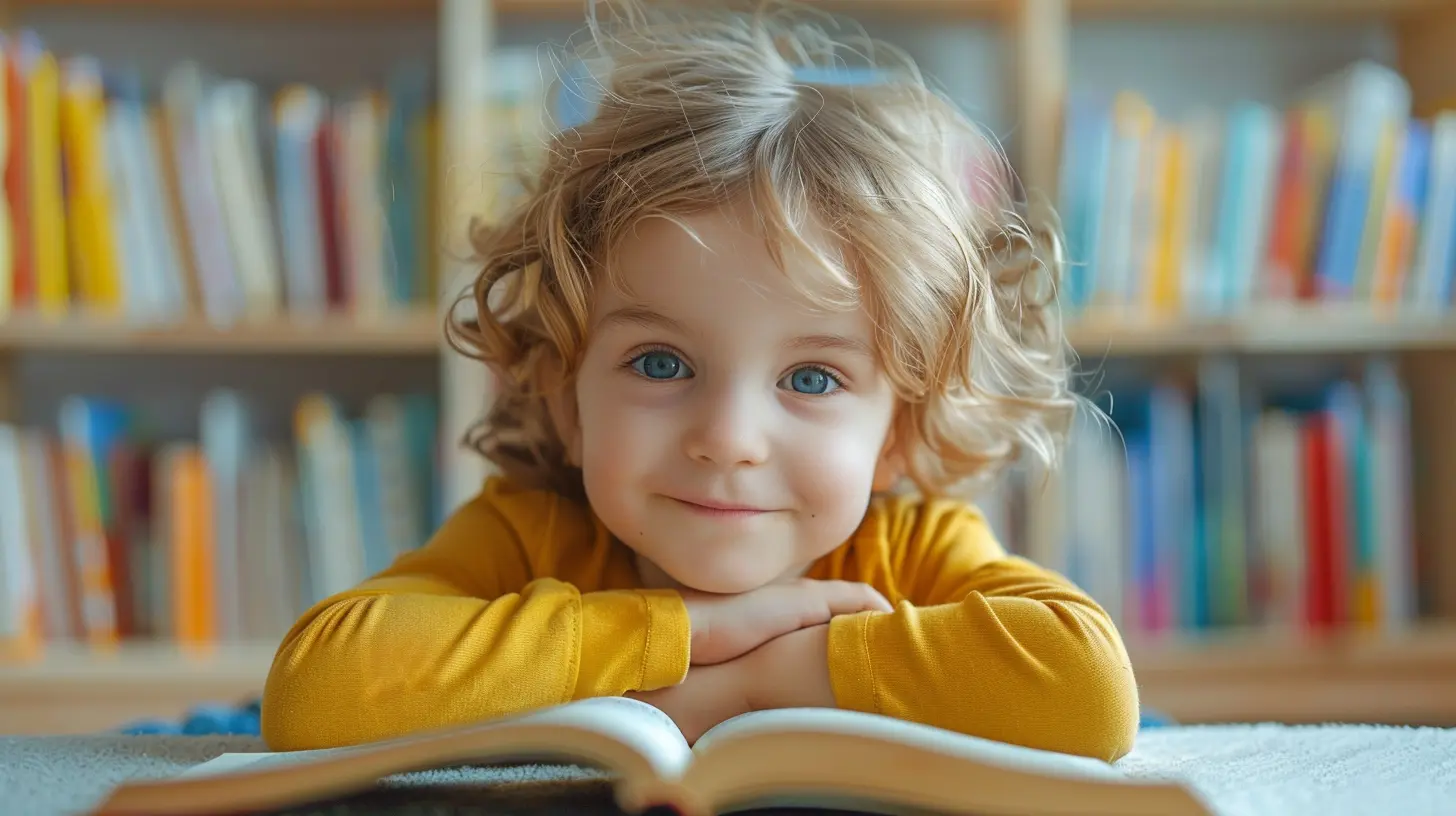
Common Concerns About Using Rhymes and Songs
1. What if My Child Isn’t Interested?
Not every child will immediately take to rhymes and songs. That’s okay! Try using songs that match their interests—if they love animals, pick songs about animals. If they’re fascinated by space, sing songs about planets.2. Is There an Age Limit for Using Rhymes and Songs?
Nope! Songs and rhymes benefit babies as young as a few months old, all the way up to preschoolers and beyond. Even older kids can benefit from wordplay, poetry, and rhythm-based learning.3. Can Non-Musical Parents Still Use This Approach?
Absolutely! You don’t need to be a great singer to use songs for literacy development. Just have fun with it—kids don’t care if you’re off-key!Final Thoughts
Using rhymes and songs to boost early literacy development is one of the easiest and most enjoyable ways to help children build essential language skills. From strengthening phonemic awareness to expanding vocabulary and improving memory, music is a powerhouse tool for learning.So, next time you're singing "Baa Baa Black Sheep" with your little one, remember—you’re not just singing for fun; you’re helping them become a future reader and communicator!
🎶 Keep singing, keep rhyming, and watch your child's literacy skills blossom!



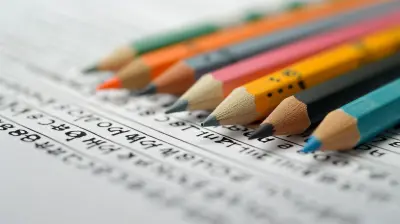
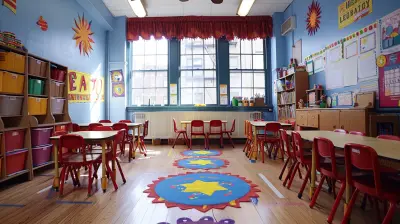

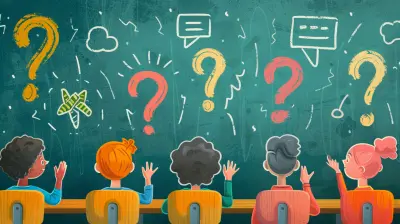

Pia Holland
This article highlights a powerful and enjoyable method for enhancing early literacy skills. Incorporating rhymes and songs not only captures children's attention but also fosters vocabulary development and phonemic awareness. It's a fun way to create a love for reading that can last a lifetime!
October 31, 2025 at 11:55 AM